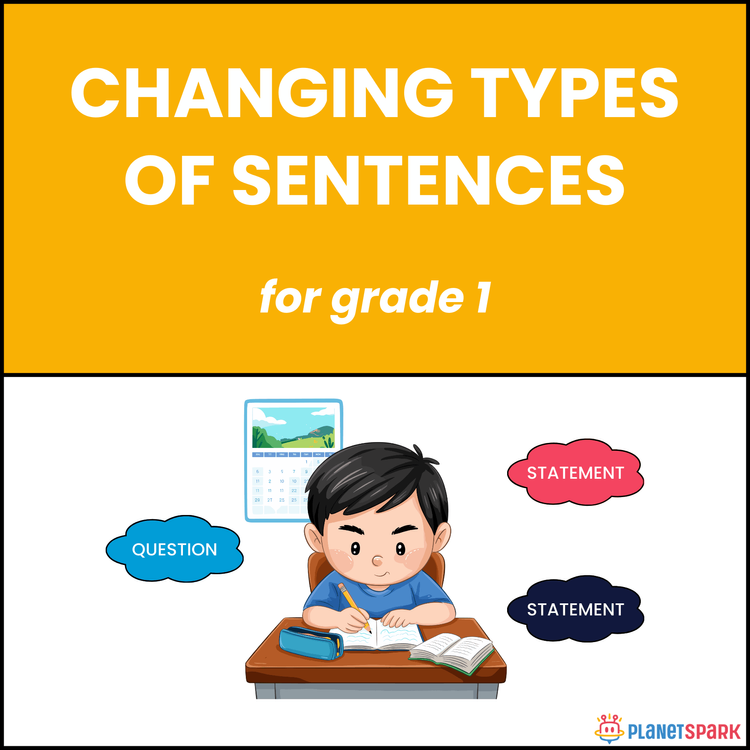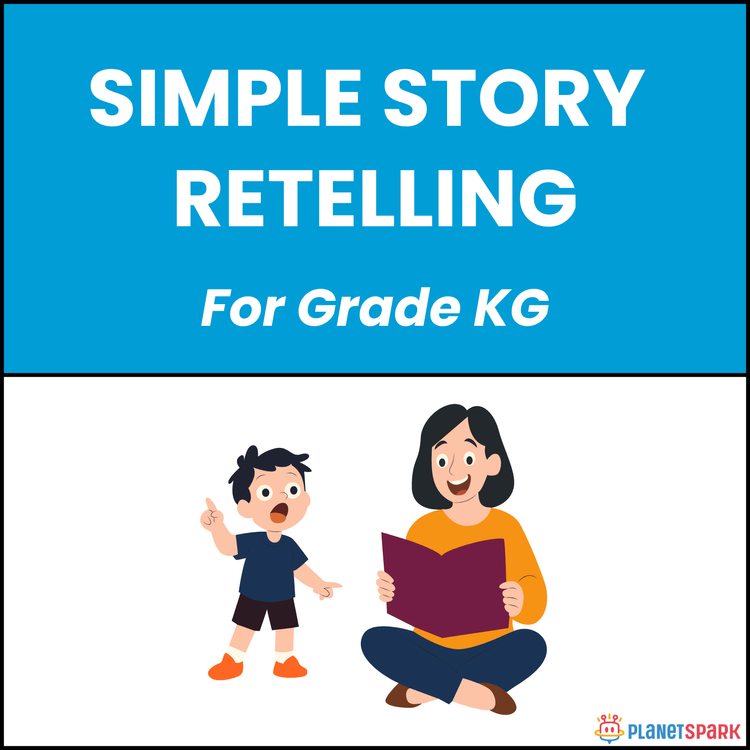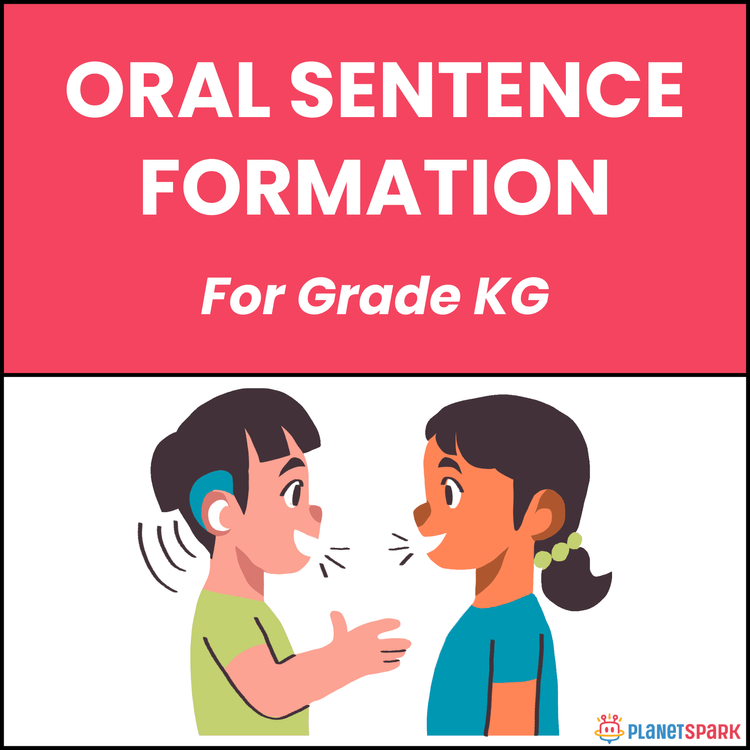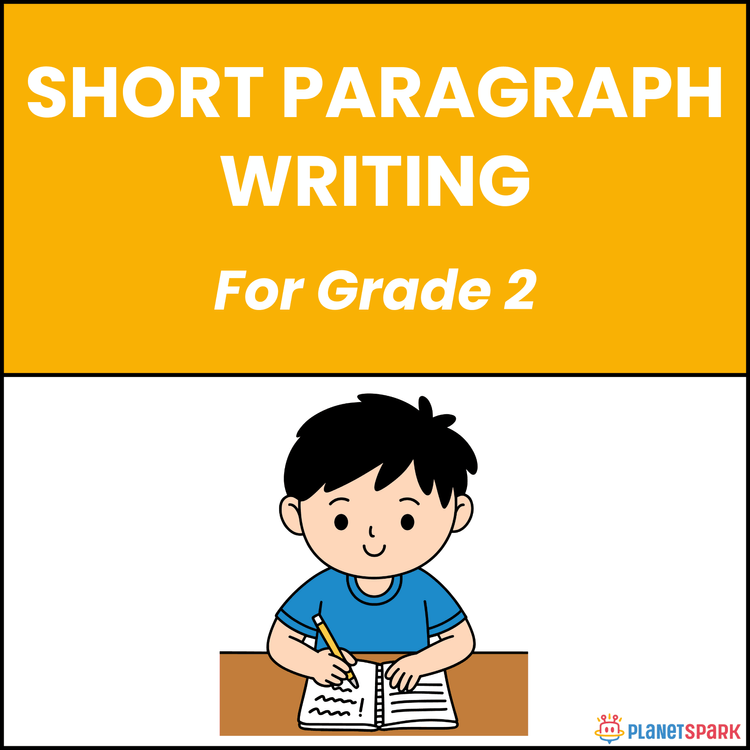Class 1 Reading Passage on Letter to Friend
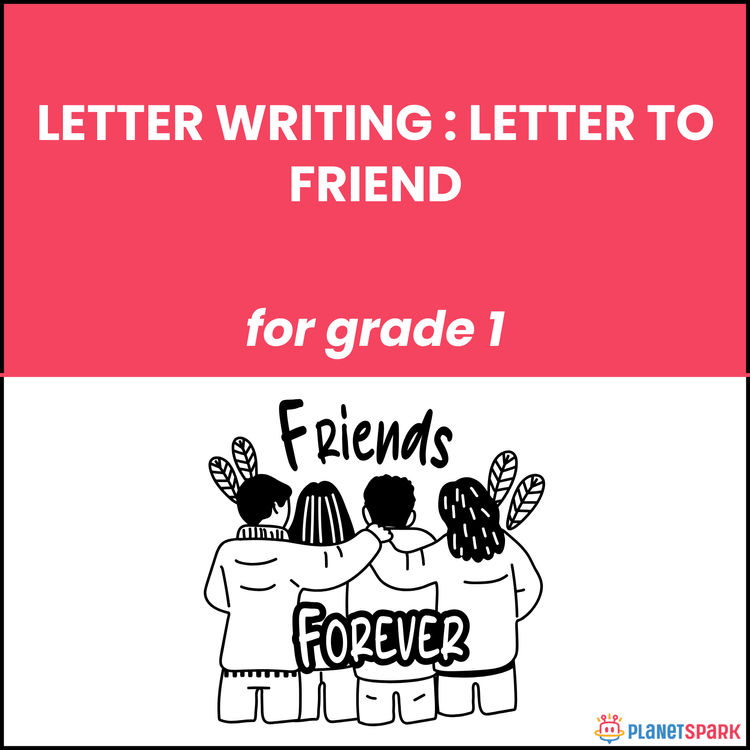

Class 1 Reading Passage on Letter to Friend
A Day in the Park: Reading Comprehension for Class 1
This Grade 1 worksheet, “A Day in the Park,” features a sweet letter written by Anaya to her friend Ria. It helps children learn how to read and understand short, meaningful letters while improving sentence comprehension and sequencing skills. Through this relatable story about a fun day at the park, young readers practice recalling details, understanding actions, and recognizing emotions in writing.
The topic “Letter to Friend” introduces early learners to the structure of personal letters and builds empathy, expression, and writing fluency. The worksheet includes multiple-choice and short-answer activities that strengthen vocabulary, reading accuracy, and creative thinking.
Why Letter Writing Matters in Grammar?
Letter writing teaches children how to express thoughts and feelings clearly. For Grade 1 learners, this topic helps to:
1. Understand how to begin and end a letter politely.
2. Learn to share personal experiences in simple sentences.
3. Develop comprehension through real-life writing examples.
4. Build imagination and written communication skills.
What’s Inside This Worksheet?
🧠 Exercise 1 – Choose the Correct Answer
Students answer simple questions to recall who wrote the letter, where Anaya went, and what she did in the park.
✏️ Exercise 2 – Write in Your Own Words
Students respond to questions about their own experiences and emotions, helping them connect with the story.
✅ Answer Key (For Parents & Educators)
Exercise 1 – Multiple Choice Answers
1. a) Ria
2. b) Park
3. c) Played on swings
4. b) Brother
5. d) Happy
6. c) Mother
Exercise 2 – Short Answers
7. Anaya
8. Swings, slide, and catch
9. Park
10. Yes, I have written a letter.
Encourage your child to explore the joy of friendship and letter writing through fun reading practice.
🔖Book a free trial!
Frequently Asked Questions
They help children express feelings and ideas clearly in written form.
They show how to organize thoughts while understanding simple formats and greetings.
It enhances empathy, vocabulary, and reading confidence in early learners.
